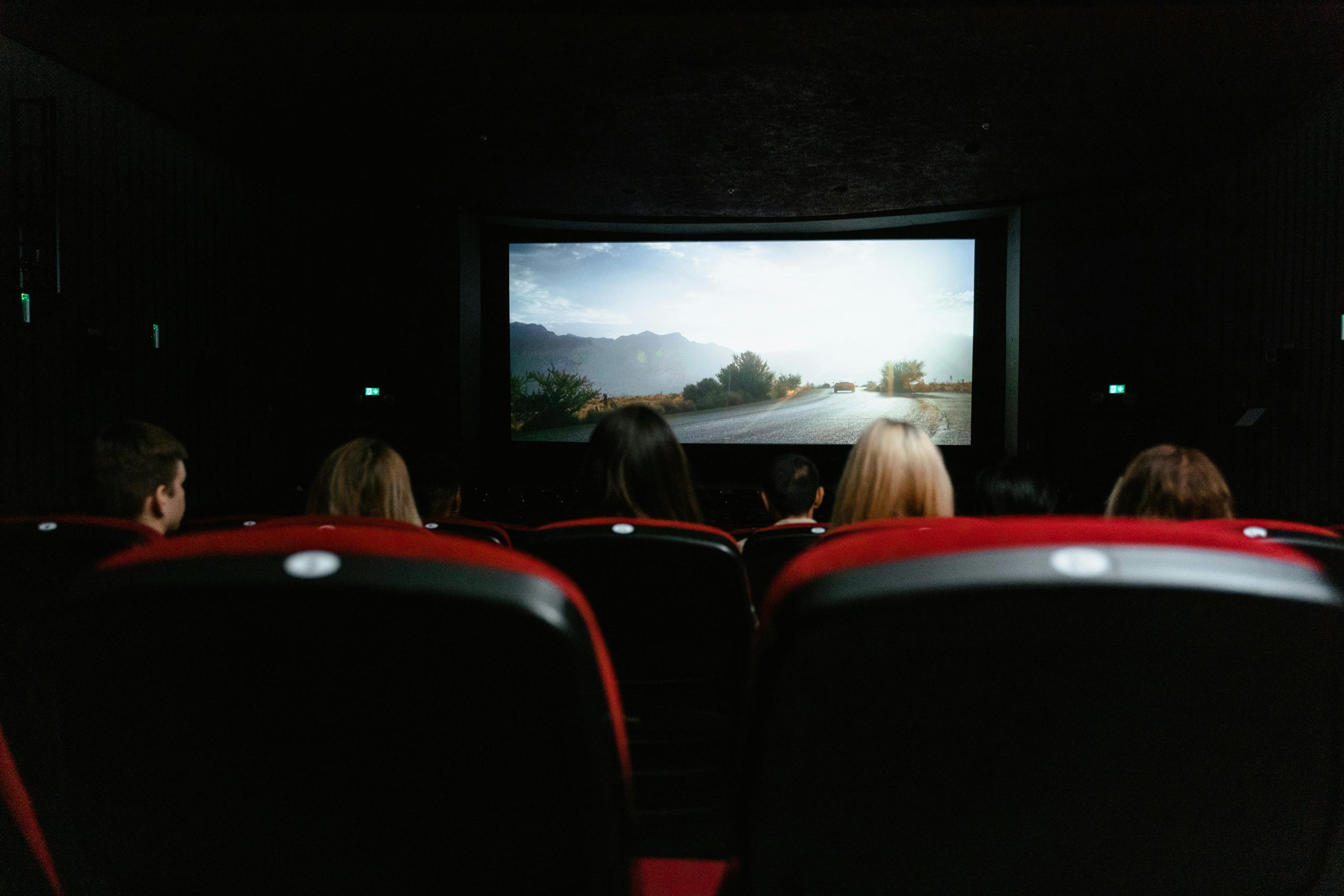How to Choose the Best Projector for Home Theatre
by Mark Hunt

Having a home theatre to share movies and shows with family and friends is something special. The projector is a crucial part of this arrangement, and you do need to choose wisely to make sure you get all the performance you paid for. With so many features and specs out there, knowing which projector to pick up can be challenging. This guide should help to ease the process.
Understanding Projector Types
Each type of projector has its own unique advantages. The majority of these are LCD and DLP projectors. LCD projectors emit bright, crisp images, which are preferred over other types for rooms with light. DLPs, however, have smooth motion and bright colours, making them great for fast-moving action sequences. Being aware of the differences can provide insights for decision-making.
Assessing Resolution Needs:
- The resolution plays an important role in picture quality. If you want the cinema experience, pick a projector with no less than 1080p resolution.
- 4K projectors are more expensive but provide phenomenal image detail and are ideal for even sharper images.
- But what resolution should the screen be viewed at, and how big is the content being viewed?
Evaluating Brightness Levels:
- Lumen is the brightness emitted by the projector and it affects how the projector will perform in different lighting environments.
- In dark rooms a projector with 1,500 to 2,500 lumens is usually okay. A more luminous projector with around 3,000 to 4,000 lumens may be required if the room is lighter.
- Adjusting the brightness properly could improve the enjoyment of viewing.
Considering Contrast Ratio:
- Contrast ratio is the difference in luminance between the darkest and brightest parts of a given image. This leads to images that are more vivid and with a greater sense of depth.
- That is a vital feature of a home theatre that directly affects viewing performance in dark scenes.
- The contrast ratio plays an important role here, and getting a projector with a good contrast ratio makes a huge difference.
Recap of Throw Distance and Screen Size:
- Throw distance refers to the distance from the lens of the projector to the screen. This gives us an idea of what kind of projector is appropriate for a given room size.
- Short-throw projectors can be placed in tighter spaces, whereas long-throw projectors are suited for longer distances.
- Throw Range — Remember the screen size has to match the throw distance for the best view.
Checking Connectivity Options:
- The newest projectors now show up with various connectivity options. Blu-ray players, gaming consoles and streaming devices all have HDMI ports, which are the standard for most devices.
- There are projectors which offer wireless connectivity as well, so that you can set the projector up without wires.
- Not having proper ports and connectivity can lead to a waste of time later; stay ahead of it.
Evaluating Audio Capabilities:
- Projectors typically have built-in speakers, but those probably don’t sound that great.
- A more enhanced sound quality can be attained with external speakers or else a sound system. But, if simple is the name of the game, then an adequately-spec-ed audio projector should do the trick.
- Audio equipment can make or break a film, and figuring out exactly what you need/lack will save a lot of disappointment down the line!
Considering Lamp Life and Maintenance:
- A projector care must be on Lamp life to use the projector for a long time. While most projectors have lamp life of anywhere between 2,000 to 5,000 hours, some higher end models provide even more.
- Extended life means less lamp replacements and reduced labor costs. Think about how easy it is to change the lamps and whether replacements are readily available.
Setting a Budget:
Naturally, projectors exist in a huge price-spectrum. Having a budget will help in reducing the options and guarantee the best monetary value. Most lower-end models perform great, even though the higher-end models come with great features. If we consider similar features while being within our budget, then we can make a satisfying purchase.
Conclusion
To select the ideal projector for a home theater, many factors need to be evaluated, such as type, resolution, brightness, and connectivity. A well-placed projector and screen can help us find the immersive experience we need exactly cách nào. Making the extra effort to glean these finer details could ultimately result in an enjoyable, long-term purchase.
See also: best home office printer
Having a home theatre to share movies and shows with family and friends is something special. The projector is a crucial part of this arrangement, and you do need to choose wisely to make sure you get all the performance you paid for. With so many features and specs out there, knowing which projector to…